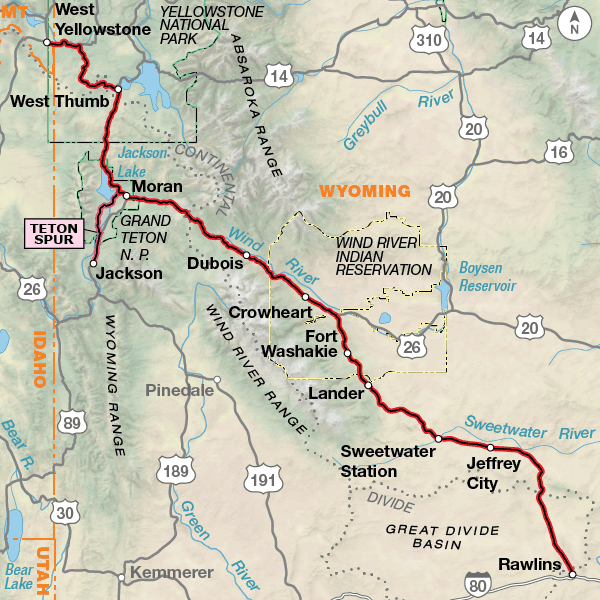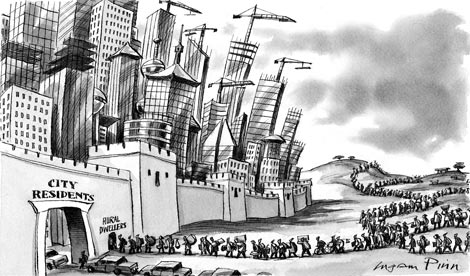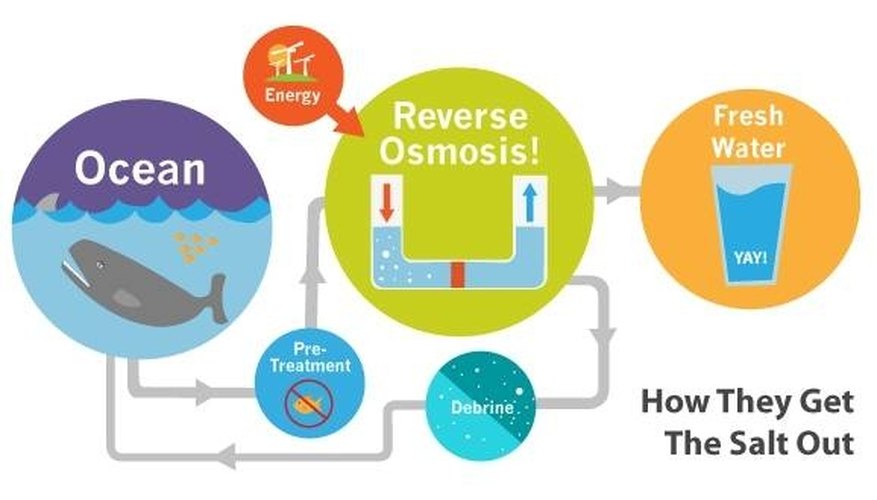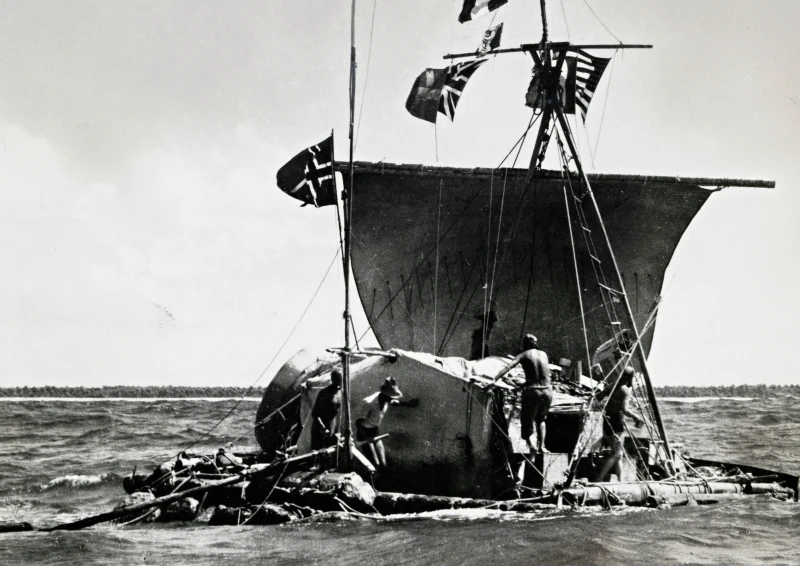During the winter of 1945,1 lived for several months in a rooming house
in Brooklyn. It was not a shabby place, but a pleasantly furnished, elderly
brownstone and always kept tidy by its owners, two sisters who never got married.
Mr. Jones lived in the room next to mine. My room was the smallest in the
house, his the largest, a nice big sunshiny room, which was just as well,
because Mr. Jones never left it: all his needs, meals, shopping, laundry, were
dealt with by the two middle-aged landladies. Also, he was not without
visitors; on the average, a half-dozen various persons, men and women,
young, old, in-between, visited his room each day, from early morning until
late in the evening. He was not a drug dealer or a fortune-teller; no, they just
came to talk to him and apparently they gave him small gifts of money for his
conversation and advice. If not, he had no obvious means of support.
I never had a conversation with Mr. Jones myself, a circumstance I've
often since regretted. He was a handsome man, about forty. Thin,
black-haired, and with a distinctive face which you can always remember, a
long face, high cheekbones, and with a birthmark on his left cheek, a small
red mark shaped like a star. He wore gold-rimmed glasses with pitch-black
lenses; he was blind, and crippled, too - according to the sisters, he had been
unable to use his legs since a childhood accident, and he could not move
without crutches. He was always dressed in a neatly pressed dark grey or
blue suit and a dark-coloured tie - as though about to set off for a Wall Street
office.
However, as I've said, he never left the house. I had no idea why they
came to see him, these rather ordinary-looking people, or what they talked
about, and I was too busy with my own affairs to think about it. When I did,
I imagined that his friends had found in him an intelligent, kindly man, a
good listener they could confide in and talk with over their troubles: someone
between a priest and a therapist.
Mr. Jones had a telephone. He was the only tenant with a private line.
I moved to Manhattan. While the landladies offered me tea and cakes in
their lace-curtained sitting room, I asked them about Mr. Jones.
The women lowered their eyes. Clearing her throat, one said: "It's in the
hands of the police."
The other offered: "We've reported him as a missing person." The first
added:
"Last month, twenty-six days ago, my sister carried up Mr. Jones's
breakfast, as usual. He wasn't there. All his belongings were there."
"It's strange—"
"— how a man totally blind, a helpless cripple..."
Ten years pass.
Now it is a zero-cold December afternoon, and I am in Moscow. I am
riding in a subway car. There are only a few other passengers. One of them is
a man sitting opposite me, a man wearing boots, a thick long coat and a
Russian-style fur cap. He has bright eyes, blue as a peacock's.
After a doubtful moment, I simply stared, for even without the black
glasses, there was no mistaking that long distinctive face, those high
cheekbones with the single red star-shaped birthmark.
I was just about to cross the aisle and speak to him when the train pulled
into a station, and Mr. Jones, on a pair of fine strong legs, stood up and
hurried out of the car. Rapidly the train door closed behind him.
in Brooklyn. It was not a shabby place, but a pleasantly furnished, elderly
brownstone and always kept tidy by its owners, two sisters who never got married.
Mr. Jones lived in the room next to mine. My room was the smallest in the
house, his the largest, a nice big sunshiny room, which was just as well,
because Mr. Jones never left it: all his needs, meals, shopping, laundry, were
dealt with by the two middle-aged landladies. Also, he was not without
visitors; on the average, a half-dozen various persons, men and women,
young, old, in-between, visited his room each day, from early morning until
late in the evening. He was not a drug dealer or a fortune-teller; no, they just
came to talk to him and apparently they gave him small gifts of money for his
conversation and advice. If not, he had no obvious means of support.
I never had a conversation with Mr. Jones myself, a circumstance I've
often since regretted. He was a handsome man, about forty. Thin,
black-haired, and with a distinctive face which you can always remember, a
long face, high cheekbones, and with a birthmark on his left cheek, a small
red mark shaped like a star. He wore gold-rimmed glasses with pitch-black
lenses; he was blind, and crippled, too - according to the sisters, he had been
unable to use his legs since a childhood accident, and he could not move
without crutches. He was always dressed in a neatly pressed dark grey or
blue suit and a dark-coloured tie - as though about to set off for a Wall Street
office.
However, as I've said, he never left the house. I had no idea why they
came to see him, these rather ordinary-looking people, or what they talked
about, and I was too busy with my own affairs to think about it. When I did,
I imagined that his friends had found in him an intelligent, kindly man, a
good listener they could confide in and talk with over their troubles: someone
between a priest and a therapist.
Mr. Jones had a telephone. He was the only tenant with a private line.
I moved to Manhattan. While the landladies offered me tea and cakes in
their lace-curtained sitting room, I asked them about Mr. Jones.
The women lowered their eyes. Clearing her throat, one said: "It's in the
hands of the police."
The other offered: "We've reported him as a missing person." The first
added:
"Last month, twenty-six days ago, my sister carried up Mr. Jones's
breakfast, as usual. He wasn't there. All his belongings were there."
"It's strange—"
"— how a man totally blind, a helpless cripple..."
Ten years pass.
Now it is a zero-cold December afternoon, and I am in Moscow. I am
riding in a subway car. There are only a few other passengers. One of them is
a man sitting opposite me, a man wearing boots, a thick long coat and a
Russian-style fur cap. He has bright eyes, blue as a peacock's.
After a doubtful moment, I simply stared, for even without the black
glasses, there was no mistaking that long distinctive face, those high
cheekbones with the single red star-shaped birthmark.
I was just about to cross the aisle and speak to him when the train pulled
into a station, and Mr. Jones, on a pair of fine strong legs, stood up and
hurried out of the car. Rapidly the train door closed behind him.



























